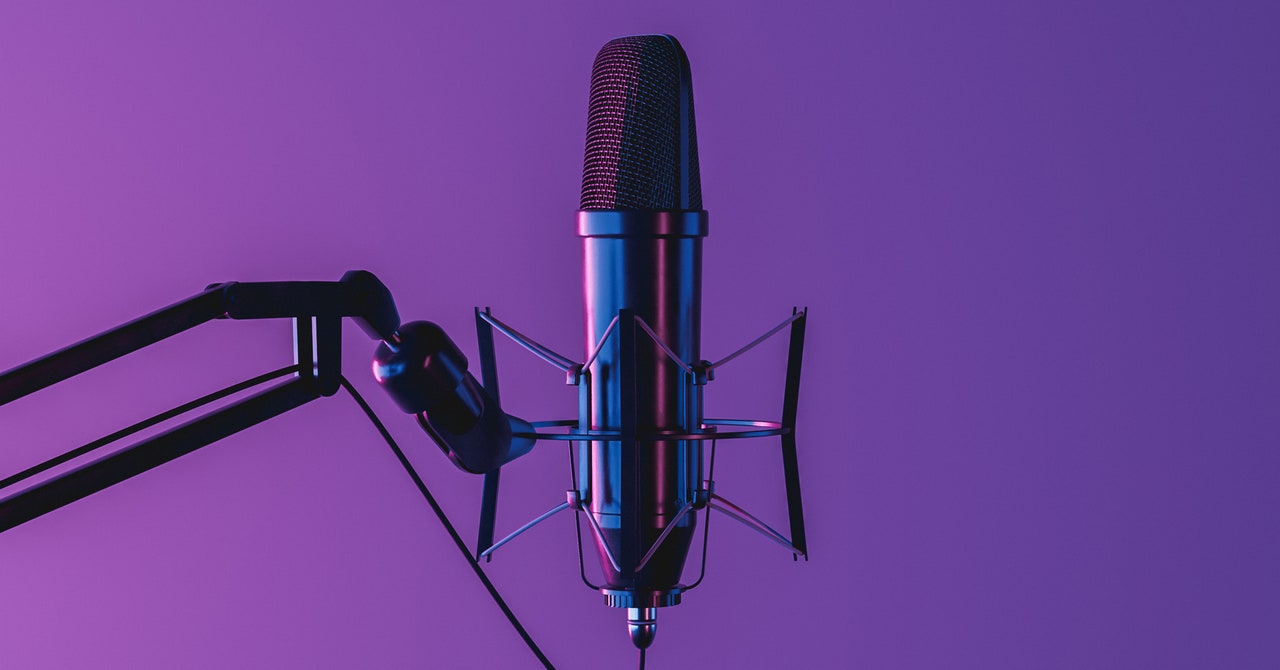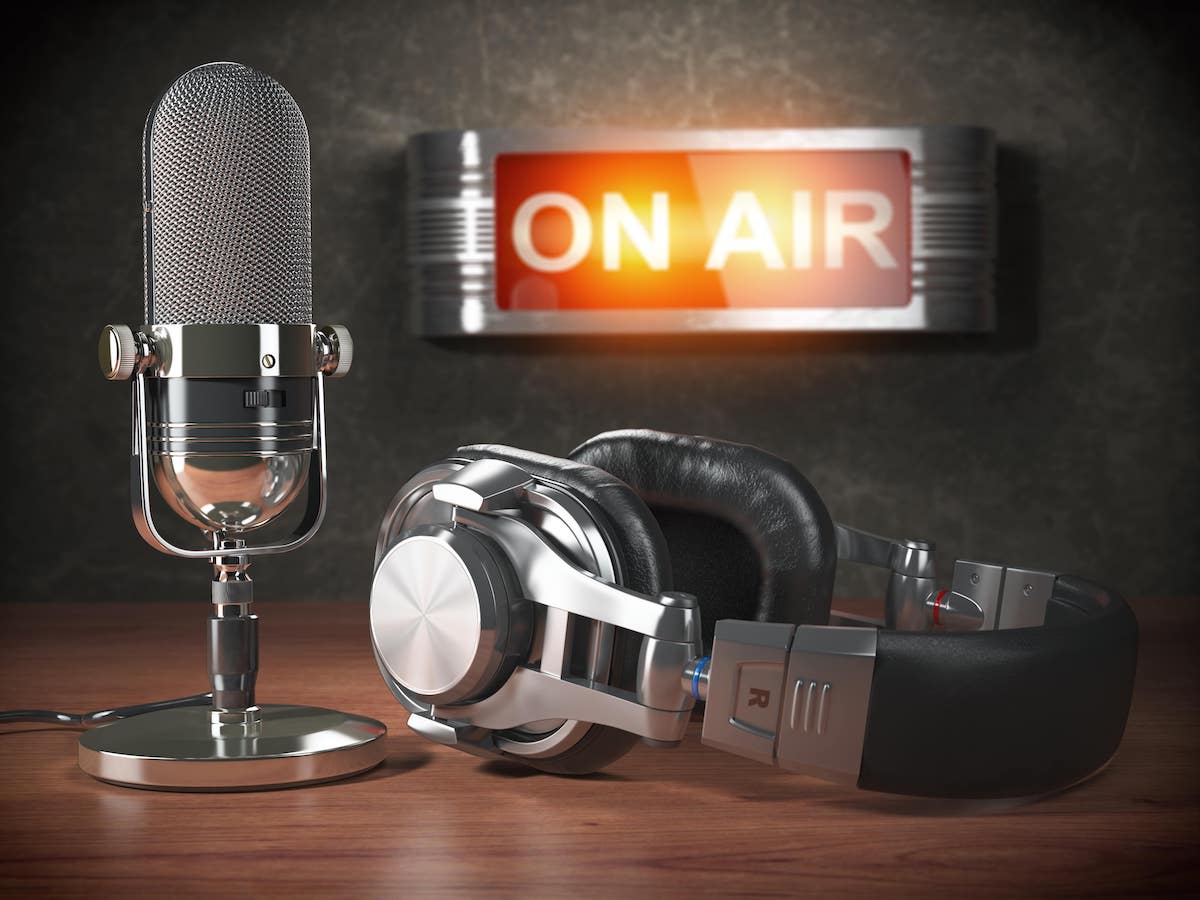
Creating the Perfect Podcast Setup: A Guide to Exceptional Audio Quality

Are you ready to dive into the exciting world of podcasting? Whether you’re aiming to share stories, educate listeners, or simply have fun conversations, one thing’s for sure – crisp and clear audio is non-negotiable. An engaging podcast starts with great sound, and this is your ultimate guide to creating a podcast setup that ensures your voice is heard in the best quality possible. Let’s dive in!
Starting with the Basics: Essential Podcast Equipment
Your dream podcast setup doesn’t require professional studio levels of investment, especially when you’re starting out. Here’s a concise list of the fundamental equipment you’ll need:
- Microphone: Quality matters when it comes to microphones. A good USB condenser microphone is a popular choice for beginners due to its simplicity and ease of use – just plug in and record.
- Headphones: To accurately monitor your recording, dependable headphones are a must-have. They ensure you can hear every detail and make necessary adjustments on the fly.
- Audio Interface: If you decide to opt for a more advanced XLR microphone, you’ll need an audio interface. This device connects microphones to computers and improves sound quality.
- Pop Filter: A simple pop filter or windscreen in front of your microphone can shield the mic from pesky plosives – those hard ‘p’ and ‘b’ sounds that can cause a pop in the audio.
- Boom Arm/Stand: A sturdy microphone stand or boom arm keeps your mic stable and helps you maintain the correct distance and position while recording.
Choosing the Right Recording Environment
Now, before hitting the record button, let’s talk about space. Selecting a quiet room is incredibly important. But it’s not just about tranquility. The room’s acoustics play a crucial role in the sound quality of your podcast. Try to pick a space with minimal echo. Furnished rooms with carpets, curtains, and sofas absorb sound and reduce echo naturally.
Sometimes, even the most ideal room can have its quirks with background noise. That’s where acoustic foam panels come in handy. Stick them on the walls to further improve sound quality and give your recording space a professional edge.
Setting Up Your Equipment like a Pro
With the right gear in hand and a perfect room chosen, setting up your equipment is the next step toward podcast greatness.
- Firstly, set up your microphone stand or boom arm, making sure it’s stable and positioned to allow for comfortable speaking without straying too far or getting too close to the mic.
- Attach the pop filter a few inches from the microphone to trap those plosives we discussed earlier.
- If you’re using audio interfaces, connect them between your microphone and computer, ensuring all cables are securely plugged in and the interface is set to the appropriate levels.
- Pop on your headphones and do a quick voice test. You want to hear yourself clearly but without any distortion or unnecessary noise.
Remember, whether it’s the microphone, the interface, or any other piece of equipment, reading the manual is never a waste of time. Knowing the ins and outs of your gear will help you get the best sound quality possible. Investing a little time into understanding your tech can save hours of frustration later on.
Recording Software: Your Digital toolkit
Next up, you’ll need recording software to capture and edit your podcast. You don’t necessarily have to spend a dime on expensive software to get started. Free options like Audacity for PC or GarageBand for Mac are more than capable of handling most podcasting needs. If you’re willing to invest, Adobe Audition and Logic Pro offer advanced features that can further elevate your podcast’s audio quality.
Take some time to get familiar with your chosen software’s interface. Learn how to start and stop recordings, how to cut or move segments of audio, and how to add effects or adjust levels. You don’t need to become a sound engineer overnight, but you should be comfortable with the basics before you start recording episodes.
Tips for High-Quality Recordings
Now, let’s talk about a few tips that can help ensure you get professional-grade audio every time you record.
- Maintain Consistency: Try to keep your recording environment consistent. Record your episodes in the same room with the setup unchanged to maintain uniformity in your podcast’s sound quality.
- Speak Clearly: Your voice is your most important tool. Speak clearly and at a consistent volume. Articulate your words, and don’t rush. This makes editing easier and your message clearer.
- Avoid Noise: Turn off fans, air conditioners, and silence your phone to prevent interruptions. Think of the rustle of papers and tapping on the desk – these sounds are magnified on a microphone. Silence is your best friend in a recording session.
- Backup and Save: Always remember to save your work frequently and create backups of your recordings. Losing your hard work due to a technical glitch can be heartbreaking.
- Do a Test Run: Before recording your full episode, do a test recording. This short sample helps ensure all your equipment is working fine, and the sound quality meets your standards.
What About Post-Production?
Even with the best recording practices, post-production is where your podcast truly comes together. Editing allows you to trim out mistakes, add music, and insert various audio elements that enhance the listener’s experience. Software like Audacity and GarageBand includes many post-production tools, so utilize them to clean up your audio.
No matter how tempting it may be to release your episode right away, take the time for editing. Listen through headphones for a detailed review and edit out any awkward pauses, repeated words, and background noises that may distract from your content.
Consider Your Uploading and Hosting Options
After recording and editing, you’ll need to share your podcast with the world. Choose a podcast hosting platform that suits your needs. Platforms like Libsyn, Podbean, and Anchor provide hosting services and distribute your podcast to popular directories like iTunes, Spotify, and Google Podcasts, potentially increasing your reach.
Compress your audio files to an MP3 format before uploading them to save on space and ensure compatibility across various platforms. Don’t forget to include a catchy title, an enticing description, and eye-catching cover art to draw in listeners. Metadata like tags and categories also help people discover your show.
Final Thoughts: Patience and Practice Make Perfect
Starting a podcast is an adventure, and like any new venture, practice and patience are key. Don’t get disheartened if everything doesn’t sound perfect right out of the gate. With time, you’ll refine your technique, get more comfortable with your equipment, and develop a keen ear for quality audio.
Always remember to enjoy the process. Your passion and enjoyment are contagious, and listeners will tune in not only for your content but also for your enthusiasm. Happy podcasting!